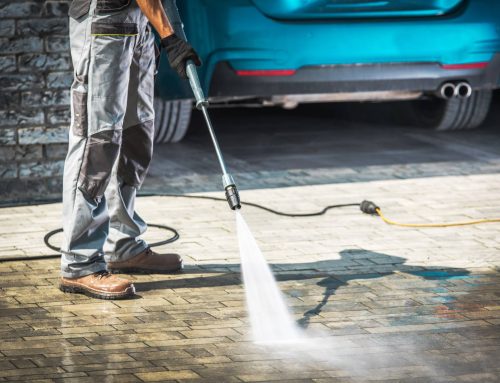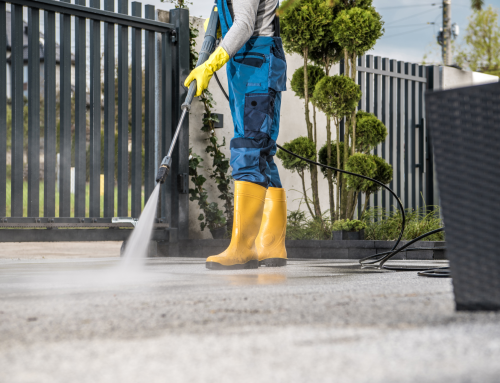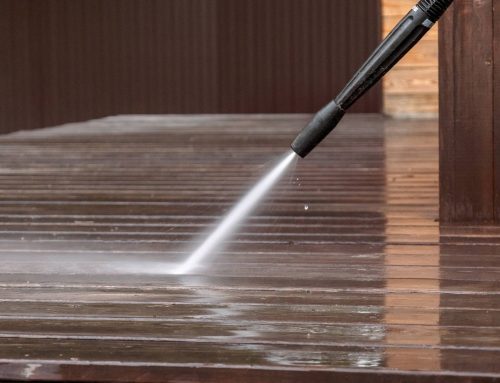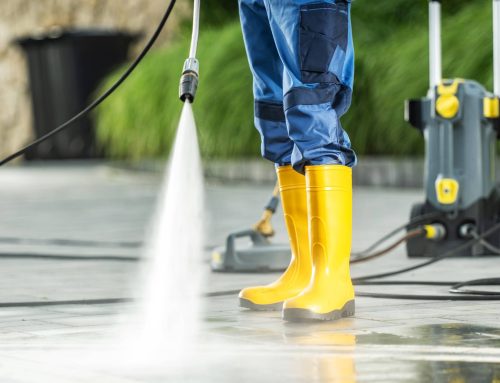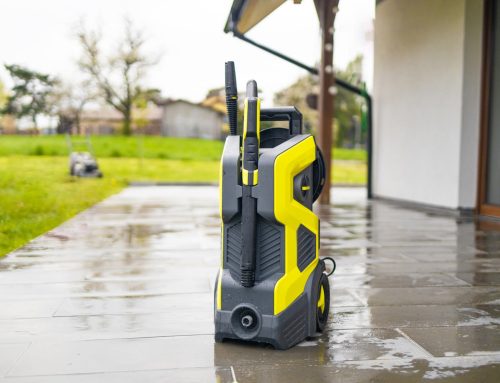Maintaining your fleet in top shape is critical as a business owner for ensuring efficient operations and customer satisfaction. Regular maintenance inspections and safe driving practices are just a few strategies to keep your fleet in good condition. One area of fleet management that is sometimes forgotten is fleet washing. Here are a few ways how fleet washing and other fleet management tactics can help you save money by reducing wear and tear on your vehicles.
1. Perform regular maintenance checks
Regular maintenance checks are critical to maintaining your fleet vehicles in excellent working order. It is essential to evaluate the various components of your cars during a routine maintenance check to ensure they are in excellent shape. Pay strict attention to the brakes, tires, suspension, and steering components in particular. These are key components that impact your vehicle’s overall performance and safety. Checking the oil, filters, and fluids is also an important element of routine maintenance. These parts are essential for keeping your engines working smoothly and effectively. Checking the oil level, for example, may assist ensure that your engine is adequately maintained, resulting in less wear and strain on engine components.
It is typically advised that routine maintenance checks be performed at least once every six months. If your fleet vehicles are subjected to tough conditions, such as extreme weather or off-road driving, you may need to arrange more frequent maintenance inspections. You can help guarantee that your vehicles are in good shape and can handle the demands of your company operations by doing so. Regular maintenance inspections, in addition to spotting possible problems, can help you save money in the long term. You could avoid costly repairs or replacements by detecting issues early on. Furthermore, by maintaining your cars in good condition, you can extend their lifespan and maximize the value of your investment.
2. Implement a fleet washing schedule
As a fleet manager, you understand the importance of maintaining your vehicles in good condition in order to extend their lifespan and reduce the risk of costly repairs and replacements. Keeping your fleet clean is one of the most efficient methods to prevent wear and tear. Dirt, grime, and other dirt may build up on your vehicle’s exterior and undercarriage, causing corrosion and damage. Fleet washing is a quick and easy method to keep your cars clean while also protecting them from wear and tear. The collection of these impurities on your car’s exterior can cause rust to grow, which can spread and damage the body of your vehicle. Furthermore, since it is exposed to road salt, dirt, and other contaminants, your vehicle’s undercarriage is particularly prone to rust. Regular fleet washing aids in the removal of pollutants and the protection of the undercarriage from rust and corrosion.
Regular fleet cleaning can help to avoid wear and tear on important components such as suspension and braking systems, in addition to safeguarding your cars from rust and corrosion. You can extend the life of your cars and save money on repairs and replacements by keeping your fleet clean with fleet cleaning. Another advantage of fleet cleaning is that it can help to keep your vehicles’ resale value high. When it comes time to sell or trade in your vehicles, clean vehicles are more appealing to potential buyers, and a well-maintained fleet may fetch a higher price. Regular fleet cleaning is an investment in the durability and resale value of your fleet. Working with a reputable and professional fleet cleaning provider is critical to ensuring the effectiveness of your fleet washing. A skilled fleet washing service will use the appropriate cleaning materials and methods to remove impurities from your cars without harming the exterior or undercarriage. Furthermore, they will have the appropriate tools to reach all regions of your vehicle to provide a comprehensive cleaning.
3. Use high-quality lubricants and fluids
Using high-quality lubricants and fluids is one of the most effective methods to prevent wear and tear on your fleet. Lubricants and fluids are important components in your car because they reduce friction and heat in the engine, gearbox, and other components, resulting in less wear and tear on these elements. It is important to use the correct lubricants and fluids for your vehicles to guarantee the best possible performance and protection for your fleet. These items are precisely developed to fit with your vehicle’s parts and give maximum wear and tear protection. Furthermore, it is critical that you replace these lubricants and fluids on the manufacturer’s suggested schedule to ensure that they stay effective and provide the most effective protection for your vehicles. Consider using synthetic lubricants and fluids when selecting them for your fleet. Synthetic lubricants and fluids are intended to outperform traditional mineral-based lubricants and fluids in terms of protection and longevity. This is because they are created from carefully designed chemical compounds that provide improved performance and resistance to wear and strain.
4. Monitor vehicle usage and performance
Monitoring your vehicles’ usage and performance is an important component of fleet management. You can detect places where your fleet may be experiencing excessive wear and tear by keeping track of crucial metrics such as fuel economy, idle time, and average speed. This data can assist you in making educated decisions and changes to your fleet management plan to decrease vehicle wear and tear. Monitoring your cars’ usage and performance has the primary benefit of assisting you in identifying driver behavior that may be causing excessive wear and tear on your fleet. For example, if you detect particular drivers idling their vehicles for extended periods of time, you may address this behavior and encourage them to turn off their engines while parked. This easy modification can help you save money on gasoline while also minimizing wear and tear on your fleet.
Similarly, if you see that some cars continually perform below average, it might be a hint that they need maintenance to address any core concerns. As mentioned, regular maintenance inspections can help detect problems before they become more serious, lowering the chance of breakdowns and costly repairs. You can identify vehicles that are not working effectively and may require modifications or replacements by monitoring the performance of your fleet. Upgrading the parts and components on your vehicles could increase their efficiency and minimize wear and tear on your fleet, thus saving you money in the long term.
5. Install high-performing upgrades
Investing in aftermarket upgrades might be an intelligent choice for reducing fleet wear and tear. Upgrades such as high-performance brake pads, shock absorbers, and suspension components can improve handling and braking, decreasing the load on your vehicles. They not only decrease wear and tear on your fleet, but they can also improve overall vehicle performance and fuel economy. It is critical to pick high-quality components from trusted suppliers when purchasing aftermarket improvements. Consult an experienced technician to evaluate which modifications will benefit your fleet the most and deliver the highest return on investment. They can examine your unique needs and offer upgrades that will assist to increase the performance of your fleet while minimizing wear and tear. Aftermarket upgrades can improve your fleet’s safety while also enhancing performance and decreasing wear and tear. Upgraded brake pads, for example, can assist to reduce stopping distance and improve response time, which can help to prevent accidents. They can also give superior control in emergency circumstances, reducing the likelihood of an accident and the possibility of costly repairs.
Maintaining a fleet can be a substantial investment for any company. Taking efforts to limit wear and tear on your vehicles, on the other hand, can help you save money in the long term. Regular maintenance inspections, safe driving practices, and fleet washing are just a few methods for keeping your fleet in good shape. You can enhance your fleet management strategy and reduce vehicle wear and tear by selecting the correct cleaning products and processes and implementing maintenance checks. With these steps, you can ensure that your vehicles will serve your business well for many years down the road.


